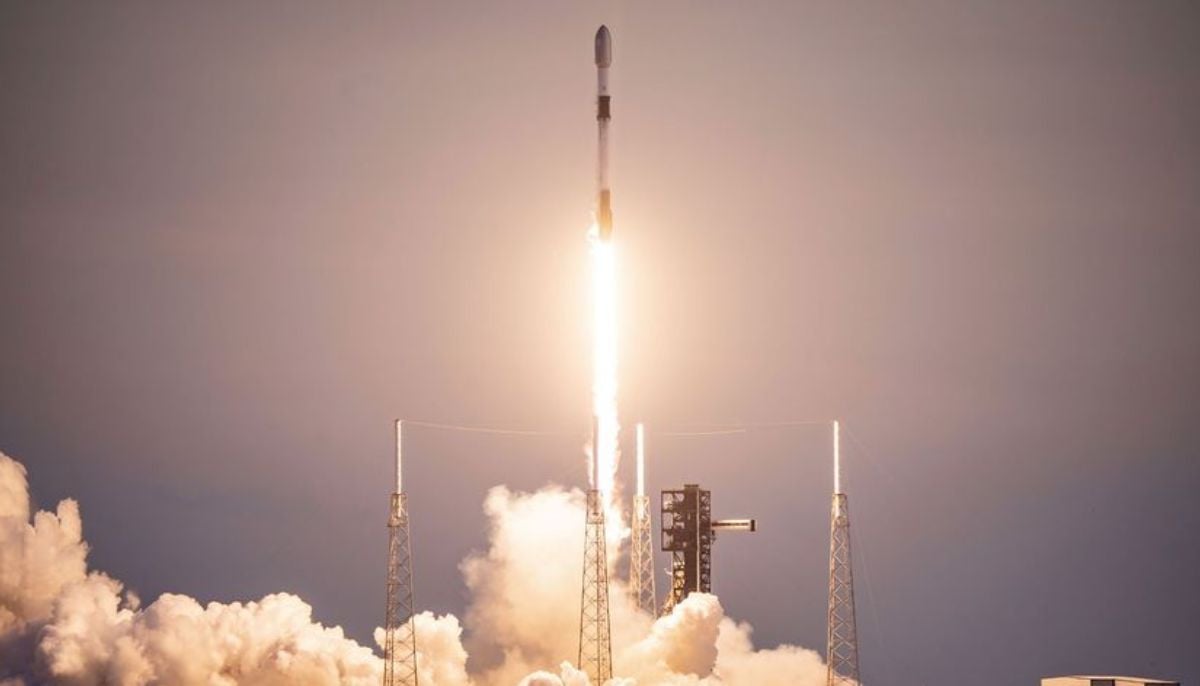China's new secret force gun can move things, manipulate satellites — Should US be worried?
China's force gun resembles "Jedi" skills of "Force Push" and "Force Pull" in the science fiction series "Star Wars"
A new type of coaxial cannon that can produce magnetised plasma rings to move objects at a distance without physical touch has reportedly been invented by Chinese scientists.
A gadget that employs plasma rings to move items at a distance is being developed by Chinese scientists. The team behind the programme is optimistic that the gadget will, in theory, function for contactless satellite retrieval, delivery, or space object deflection, according to the South China Morning Post (SCMP).
The gadget, if proved successful, might be revolutionary for many industries. It is comparable to the "Jedi" skills of "Force Push" and "Force Pull" in the science fiction series "Star Wars" (though it may be closer in idea to a real "tractor beam").
But unlike the fiction of "Star Wars," the study team thinks that harnessing magnetic fields would allow for the remote manipulation of items as a form of telekinesis.
“The design and experimental verification of a prototype is underway,” the team, led by associate researcher Zhang Yuanwen, said in the paper published in the Chinese peer-reviewed journal Systems Engineering and Electronics on August 16.
The core element of the prototype 'force gun' technology is a magnetised coaxial gun, which can generate waves of high energy gas, which are hot and full of electrons. The charged particles (ions and electrons) in these plasma rings have a torus form and are free to move in response to electric and magnetic forces.
A magnetic field is produced by the plasma ring's discharge current, which then generates a current in the plasma. Consequently, a magnetic field is created that opposes the initial magnetic field.
The magnetic force can then be "projected" by the plasma ring into the distance as this process continues and the magnetic field lines become "frozen" in the plasma. According to the researchers, the prototype can fire eight plasma rings per second, each towards a 10,000-ring target.
According to Zhang's team, plasma rings are preferable to robotic arms or other manual tools for spacecraft manipulation. This is due to the absence of physical touch needed to achieve the desired motion, which lowers the possibility of mishaps and crashes.
Due to its extreme adaptability, this device can successfully manage a variety of space debris without the requirement for specialised interfaces or connection points.
Is it a weaponized object?
It's crucial to remember that the paper's emphasis was on the scientific and technical components of the technology, even though the study team does seem to have connections to China's defence sector.
In order to do this, they concentrated on satellite operations and space exploration as prospective uses rather than military usage. But in the end, you can bet your bottom dollar that military forces will employ it if they foresee an offensive (or defensive) application for it.
-
Aurora alert: Northern lights visible tonight at high latitudes
-
Honeybees could help humans communicate with aliens, scientists say
-
Comet 3I/ATLAS: Evidence suggests that interstellar visitor is older than the sun
-
Scientists discovered never-before-seen creature in Great Salt Lake
-
SpaceX mission 2026: 29 Starlink satellites deployed in year’s third flight
-
NASA, SpaceX announce target date for Crew-11’s splashdown return to Earth
-
World oceans absorbed record heat in 2025, may trigger intense climate crises, says report
-
February full moon 2026: Snow Moon date, time and visibility












